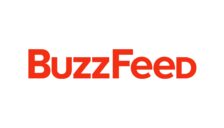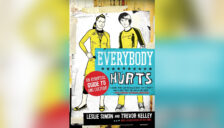David Pierce, writing for Wired:
Lacy’s smartphone has been his personal studio since he first started making music. Even now, with all the equipment and access he could want, he still feels indelibly connected to something about making songs piece by piece on his phone. He’s also working this way to prove a point: that tools don’t really matter. He’s feeling a tension that’s been in the music industry since the Tascam 424 Portastudio made mobile recording easy in the 80s, and has come up time and again since then. He wants to remind people that the performance, the song, the feeling matter more than the gear you use to record it. If you want to make something, Lacy tells me, grab whatever you have and just make it. If it’s good, people will notice. Maybe even Kendrick Lamar.











